
Phillippe De Champaigne Louvre Cardenal richelieu, Historia del arte, Historia de la pintura
Philippe de Champaigne. (bapt. Brussels, 26 May 1602; d Paris, 12 Aug. 1674). Flemish-born painter who settled in Paris in 1621 and became a French citizen in 1629. His training in Brussels was mainly as a landscape painter, but almost all his work consists of religious pictures or portraits (his few landscapes serve as settings for religious.

The Dream of Saint Joseph Painting Philippe de Champaigne Oil Paintings
Philippe de Champaigne. Champaigne was the leading French portrait painter of the reign of Louis XIII. He was employed by the king and by Cardinal Richelieu, for whom he executed the series of portraits for which he is chiefly remembered. Champaigne was also a prolific painter of altarpieces and religious paintings, such as 'The Dream of Saint.

Repro (saints) Saint Augustine, after Philippe de Champaigne, 2018 by Vik Muniz Ocula
Philippe de Champaigne and studio This triple portrait was intended as a model for a full-length statue of Armand-Jean du Plessis, duc de Richelieu (1585-1642), who became Cardinal in 1622 and the Chief Minister of France in 1624.

Pin auf Philippe de Champaigne
Bernard Dorival. Philippe de Champaigne.Exh. cat., Musée de l'Orangerie. Paris, 1952, pp. 71-72, pl. 12, calls it one of the earliest portraits of Colbert; notes that the painting by Champaigne in the Musée Jacquemart André, Paris, long considered a portrait of this sitter, is not, and that the so-called portrait of Colbert by Champaigne in the museum in Reims is neither by Champaigne nor.
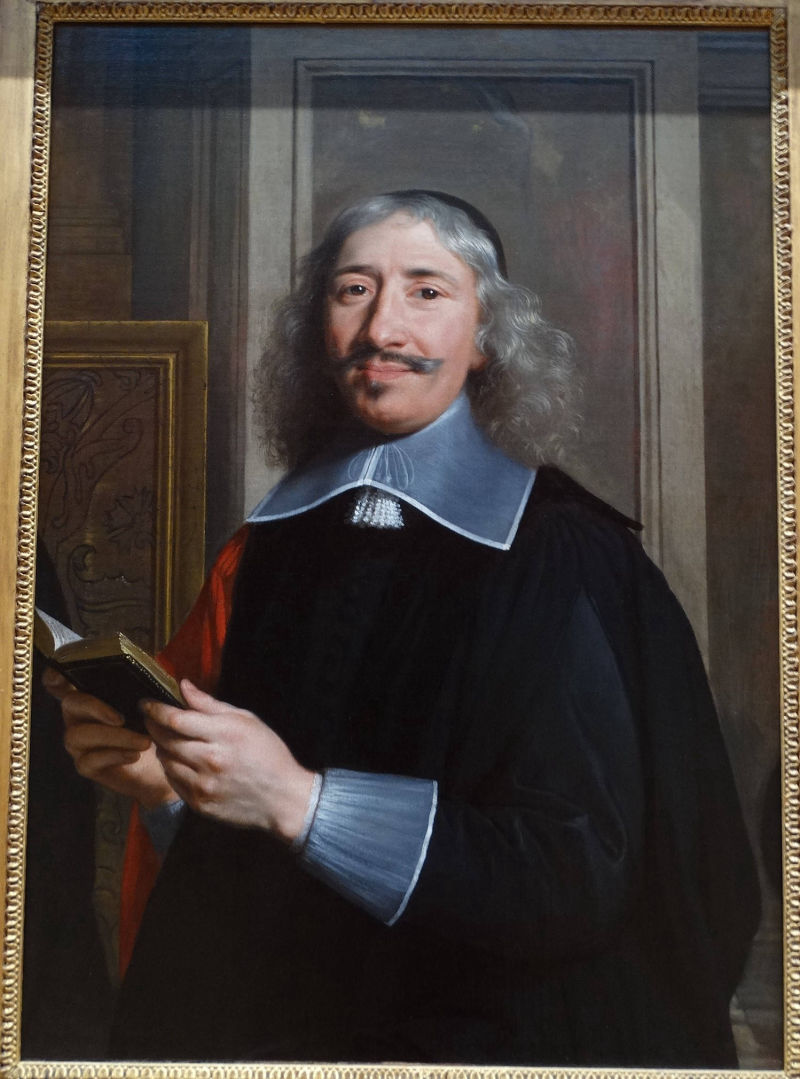
Philippe de Champaigne
Relates to: City of God. Saint Augustine, by Philippe de Champaigne, 1650. In this painting, the Flemish artist Philippe de Champaigne portrays Augustine in his studio. In one hand Augustine holds a feather pen, and in the other, a flaming heart. The flaming heart - a heart on fire for God - was one of Augustine's traditional attributes.

FilePhilippe de Champaigne 001.jpg Wikipedia, the free encyclopedia
Philippe de Champaigne painted more Annunciations than any other subject: pre-Revolutionary sources mention at least seventeen examples, ten of which survive today (see Dorival 1970). The present one came to light in 2003, having been known only from a line engraving made in 1812, when the painting was in a private collection in Saint Petersburg
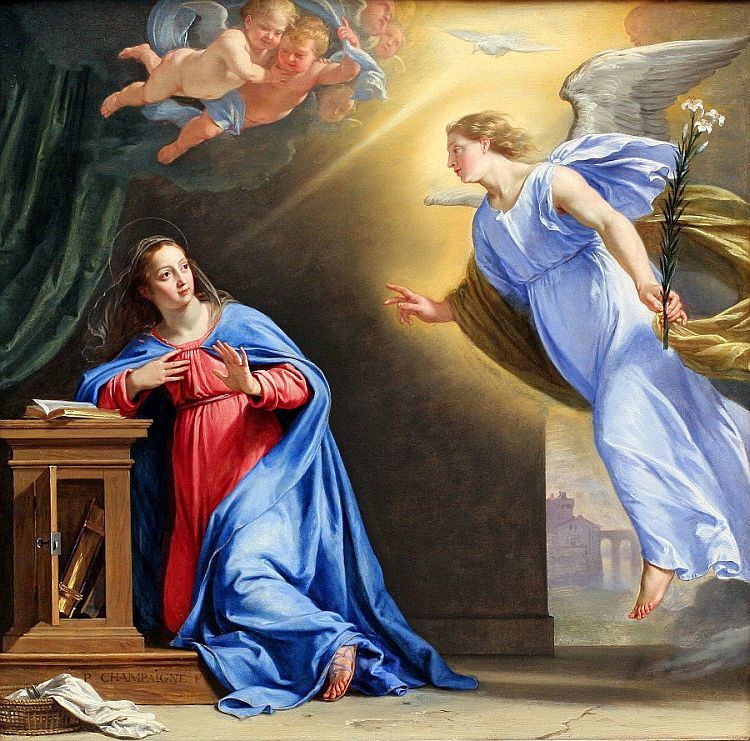
Philippe de Champaigne Online
Philippe de Champaigne, (born May 26, 1602, Brussels, Spanish Netherlands [now in Belgium]—died August 12, 1674, Paris, France), Flemish-born Baroque painter and teacher of the French school who is noted for his restrained and penetrating portraits and his religious paintings. Champaigne was trained in Brussels by Jacques Fouquier and others.
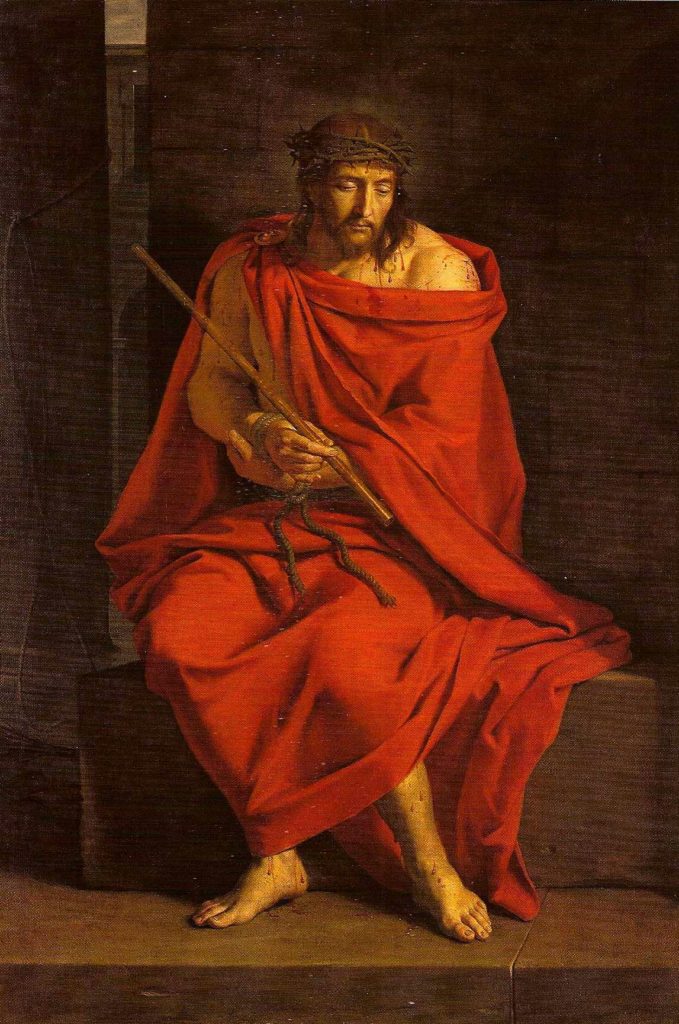
En Agonie...
Philippe de Champaigne. Anonyme d'après Philippe de Champaigne, Portrait de l'artiste (entre 1625 et 1650), musée de Grenoble. Philippe de Champaigne N 1, né le 26 mai 1602 à Bruxelles et mort le 12 août 1674 à Paris, est un peintre et graveur classique français d'origine brabançonne .

Southern Folk Artist & Antiques Dealer/Collector Philippe de Champaigne La Cène 1648
View Philippe de Champaigne's 396 artworks on artnet. Find an in-depth biography, exhibitions, original artworks for sale, the latest news, and sold auction prices. See available paintings, works on paper, and prints and multiples for sale and learn about the artist.
OmekaCTL Philippe de Champaigne
Philippe de Champaigne primary name: Champaigne, Philippe de other name: Champagne, Philippe de other name: Champagne, Philippe Details individual; painter/draughtsman; French; Male. Life dates 1602-1674. Biography Born Brussels where he studied principally as a landscape painter under J. Fouquières; came to Paris in 1621 (naturalised in 1629.
Triple Portrait de Richelieu, 1640 de Philippe De Champaigne (16021674, Netherlands
Champaigne, Philippe de (1602-74) French painter, b. Flanders. He was the greatest French portraitist of the 17th century and a remarkable religious painter. In 1628 he became artist to Queen Marie de' Medici and Cardinal Richelieu. After 1643 his beliefs in Jansenism produced religious paintings characterized by a serene realism.
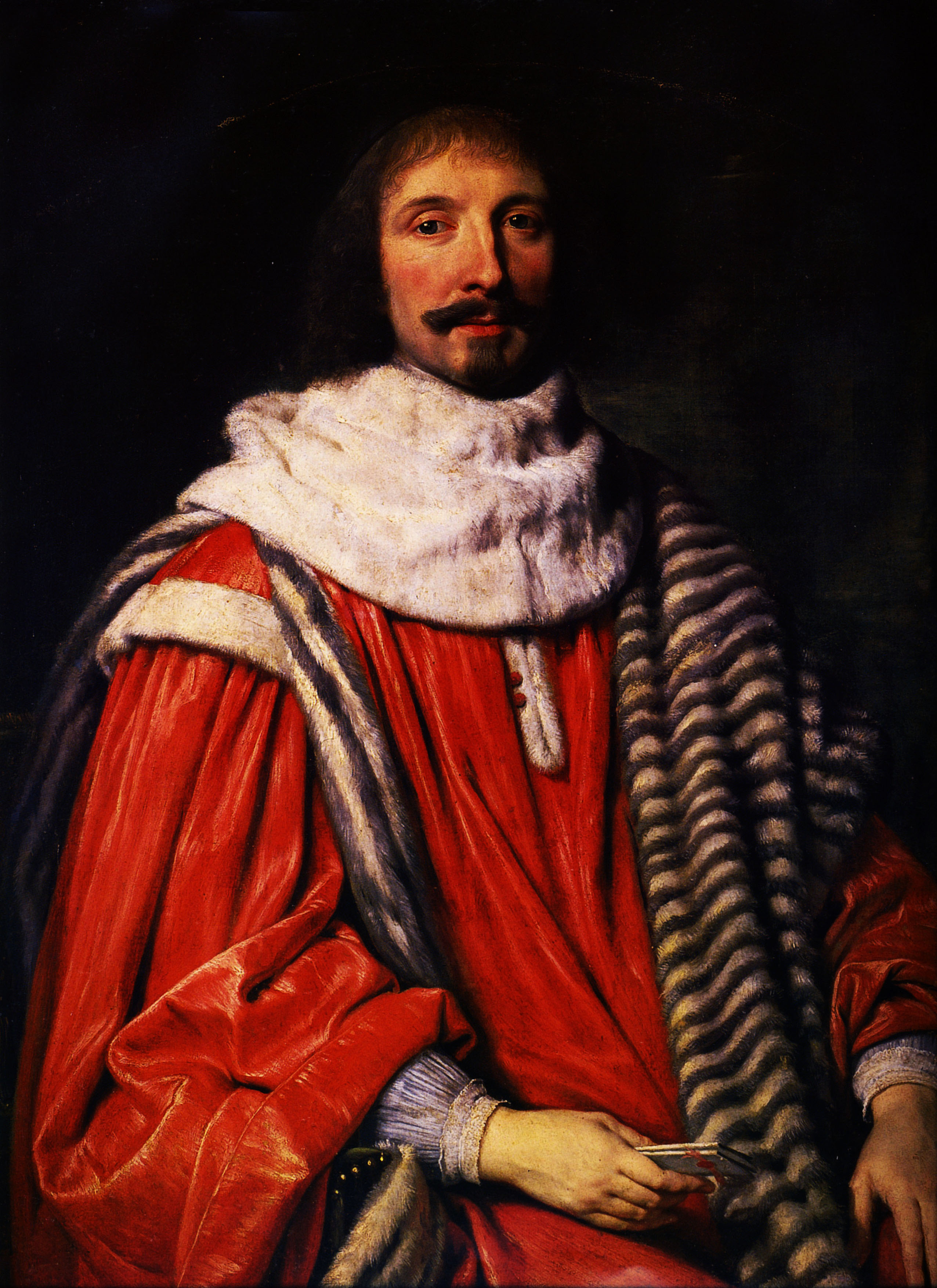
Филипп де Шампань XVIIe Philippe de Champaigne (243 работ) » Страница 2 » Картины, художники
Philippe de Champaigne trained first in his native Brussels with Jean Bouillon and the portraitist Michel de Bordeau before entering the studio of the landscape painter Jacques Fouquieres in 1620. He followed Fouquieres to Paris in 1621, working in the studio of Georges Lallemant (1580-1636), a painter of the late Fontainebleau school.
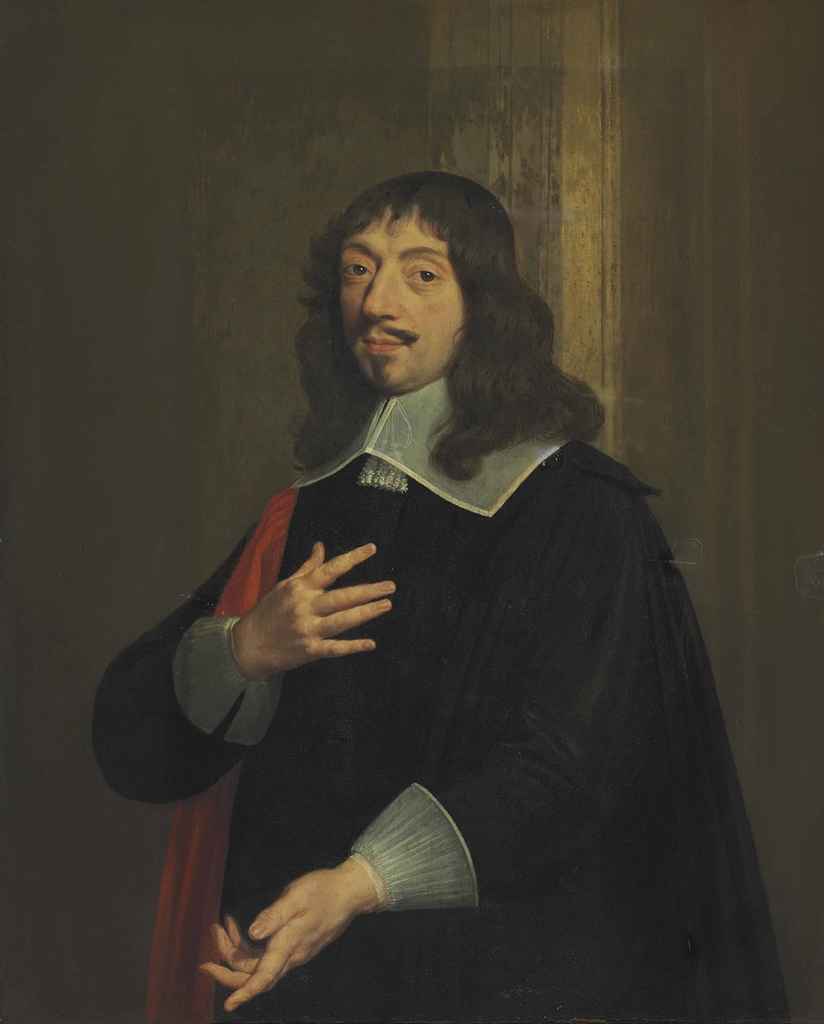
35+ Philippe De Champaigne Most Popular Goya
Directed by: Meryam Joobeur. Written by: Meryam Joobeur. Produced by: Maria Gracia Turgeon, Habib Attia. Mohamed is deeply shaken when his oldest son Malik returns home after a long journey with a mysterious new wife. 'Still-Life with a Skull' was created by Philippe de Champaigne in Baroque style.
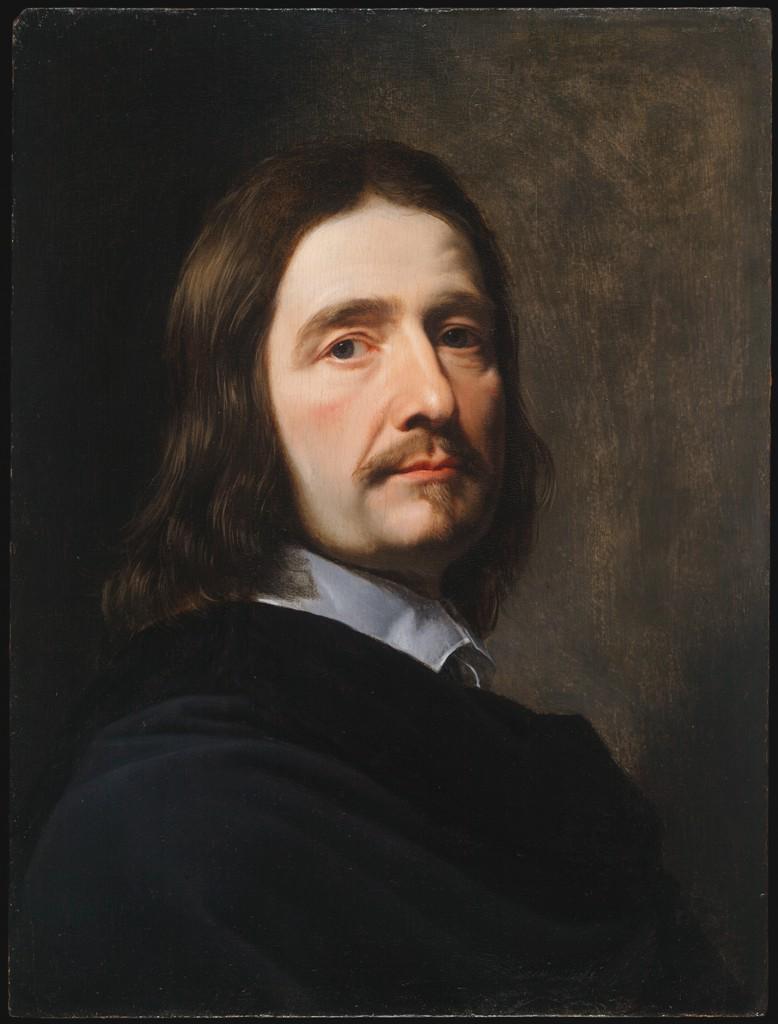
Biographie et œuvre de Philippe de Champaigne (16021674)
Title: The Presentation of the Virgin. Artist: Philippe de Champaigne (French, Brussels 1602-1674 Paris) Date: 17th century. Medium: Black chalk, pen and brown ink, brush and gray wash. Dimensions: sheet: 10 1/2 x 16 5/16 in. (26.7 x 41.4 cm) Classification: Drawings.
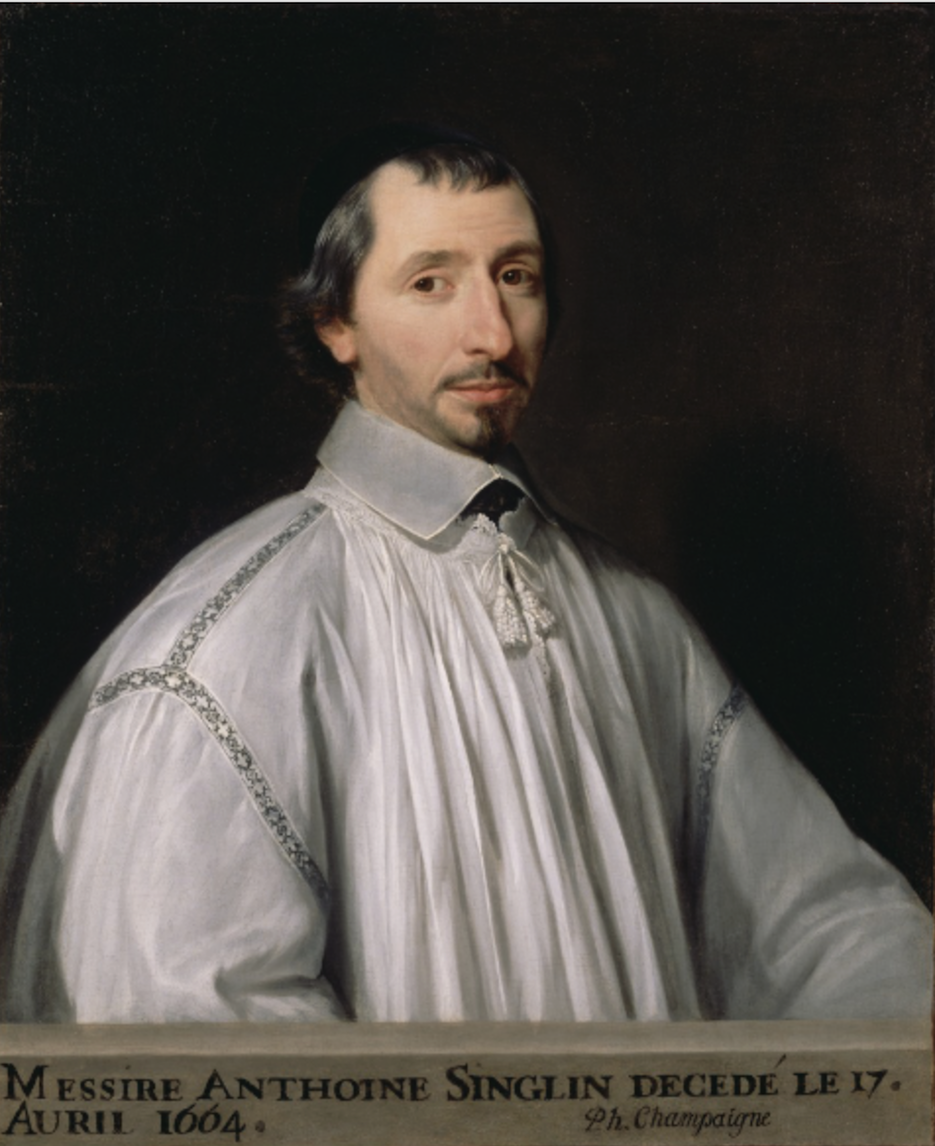
Men portraits Philippe de Champaigne (16021674) Portrait de Messire Antoine Singlin
Philippe de Champaigne May 26, 1602 - Aug 12, 1674. Philippe de Champaigne was a Brabançon-born French Baroque era painter, a major exponent of the French school. He was a founding member of the Académie de peinture et de sculpture in Paris, the premier art institution in France in the eighteenth century.
.jpg)
Philippe de Champaigne (Brussels 16021674 Paris) , Saint Joseph Christie's
Philippe de Champaigne (French pronunciation:; 26 May 1602 - 12 August 1674) was a Brabançon-born French [citation needed] Baroque era painter, a major exponent of the French school. He was a founding member of the Académie royale de peinture et de sculpture in Paris, the premier art institution in the Kingdom of France in the eighteenth century.